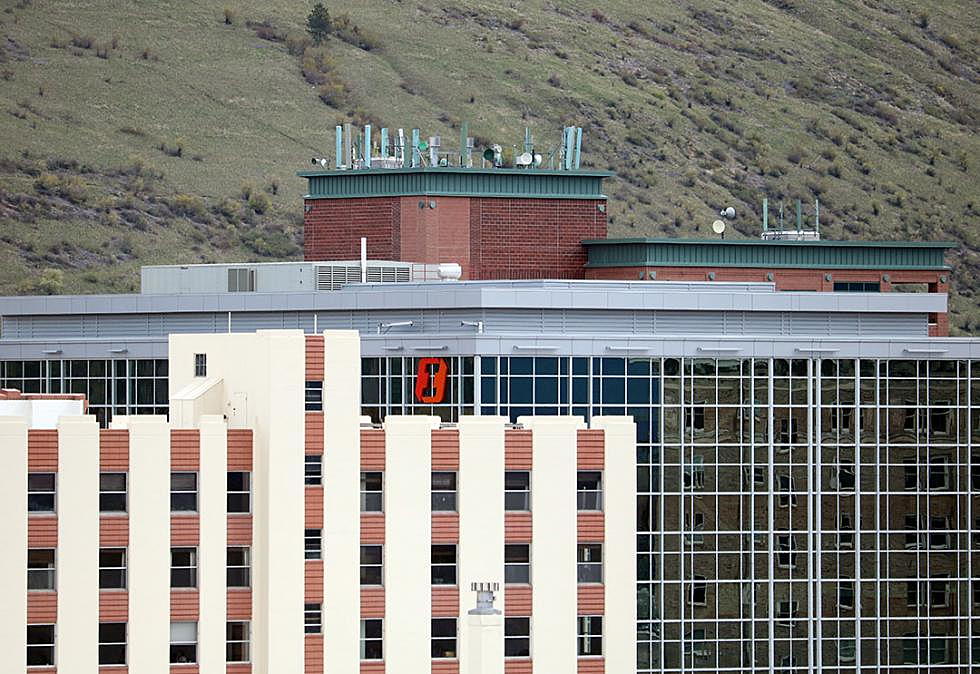
City inching forward with tools to manage design standards, guidelines
The city of Missoula could have an array of new tools next spring to help guide the design of new buildings, an effort to maintain the character of the downtown district and city corridors while allowing for architectural freedom and good use of land.
“It's a project we've been working on to help develop design guidelines and design standards for the primary commercial corridors and the downtown,” said Laval Means of Development Services. “This first phase has been about collecting issues and ideas from the community to address the design quality in those particular areas.”
Nearly two years ago, the city held its first public workshop to begin exploring design standards for new buildings. The effort was born from complaints regarding several recent projects, including the Cellular Plus retail store on East Broadway.
Winter & Co. was contracted to conduct the study and present a set of character management tools. The first report was unveiled in September, followed by several public workshops. The input will help form a final recommendation next year.
“Out of the comments we've been collecting, our takeaway is that we're on the right track,” said Means. “We're getting positive feedback to that end.”
This week, Means detailed several strategies that have emerged from the process, including building heights and how they play from the pedestrian's street perspective. Buildings used as signs will likely be addressed, as will streetscape design.
The latter issue could also be addressed in the pending update to the Downtown Master Plan.
“One of the components of the study would be to do a streetscape plan,” said Means. “That's where you get the more detailed design considerations for the downtown area.”
While the process to address design quality has been slow going, the city has made progress. In 2015, the City Council adopted standards that apply to commercial properties smaller than 30,000 square feet – it already had standards for commercial properties larger than that.
But as development picks up in key commercial corridors, including Brooks, Reserve and Broadway, along with the downtown area, proponents believe the new standards will help improve Missoula's built environment.
Implementing the tools now could guide the next wave of commercial development in key parts of the city.
“Missoulians care about their community,” Linda McCarthy, executive director of the Missoula Downtown Partnership, said recently. “They appreciate the natural environment, as well as the built environment, and some fear Missoula will lose its unique character if we continue to allow formula architecture to take hold on new development.”
Means said Development Services will bring back a set of design tools and standards in February for further review and comment. Final recommendations are expected around June.
